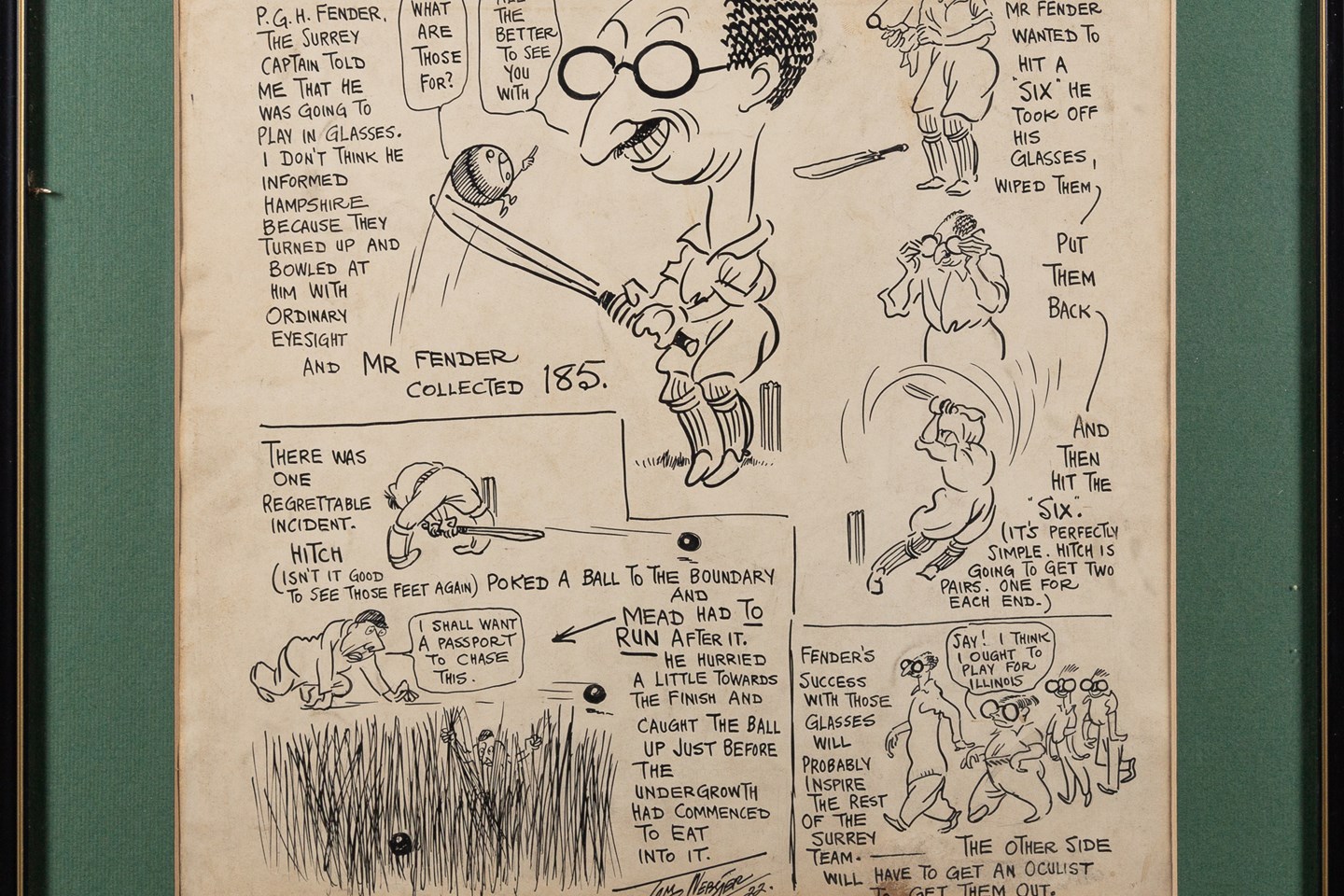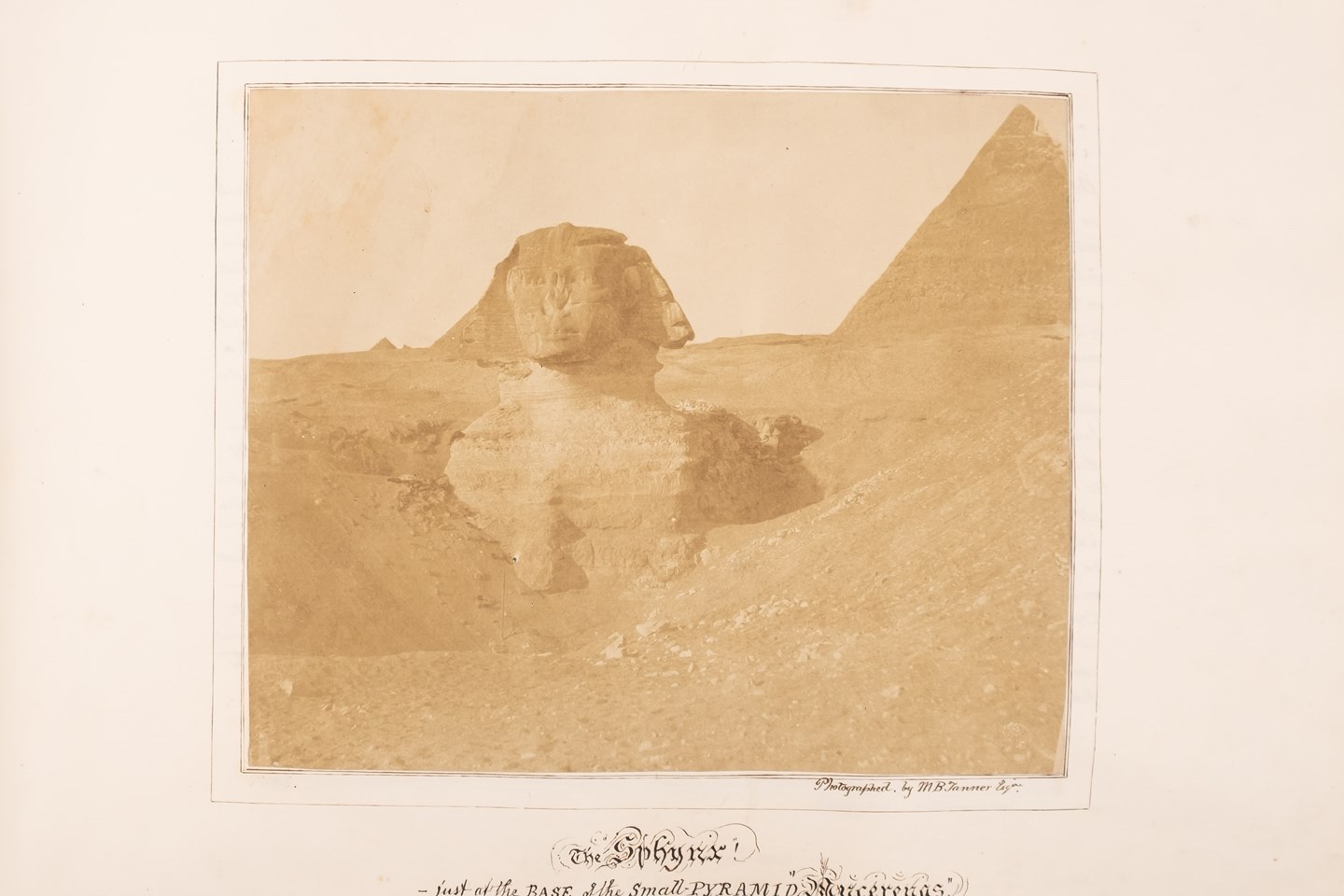During the 18th century in Britain all the porcelain produced was of the soft paste type, William Cookworthy of Plymouth (and latterly his antecedents at Bristol and New Hall), made ‘true’ hard paste porcelain similar to the Oriental . As a local man I doff my cap to him for at least trying to make a dent in the seemingly London centric porcelain industry especially as china clay and petuntse were both found on the doorstep in Cornwall.
.jpg)
A Plymouth porcelain cream jug circa 1768-70 with 'typical' smoke staining (FS17/50)
From the beginning he was beset by problems not least of which was getting the recipe right. The higher temperatures required to make hard paste meant Cookworthy initially used coal, but this caused his saggars to crack (letting in smoke) and damaged his kiln, causing a collapse, which led to some pieces being sent to Bovey Tracey for firing. Tantalisingly Nicholas Crisp who had produced porcelain at Vauxhall (albeit in soft paste) was operating in Bovey Tracey at the time. Using wood seemed sensible, but a consignment of poorly seasoned timber led to further smoke staining and failures in the kiln leaving a lot of second rate ‘toffee coloured’ stock.

A Plymouth porcelain sauce boat cira 1768-70 proof that Cookworthy was capable (FS17/46)
The Chinese took centuries to perfect their paste, unfortunately Cookworthy had only two - starting his Plymouth concern in 1768 but moving to Bristol by 1770, selling up shortly afterwards. Whilst his venture was ultimately a failure he did manage to produce some beautiful pieces.
.jpg)
A Vauxhall porcelain mug circa 1758-60 courtesy Nicholas Crisp (FS17/109)
Rather neatly Cookworthy was born in Kingsbridge the very place that the Donald Tryhorn the late collector of these pieces resided.
.jpg)
A Plymouth or Bristol porcelain figure group circa 1770 (FS17/48)


.jpg)

.jpg)
.jpg)


